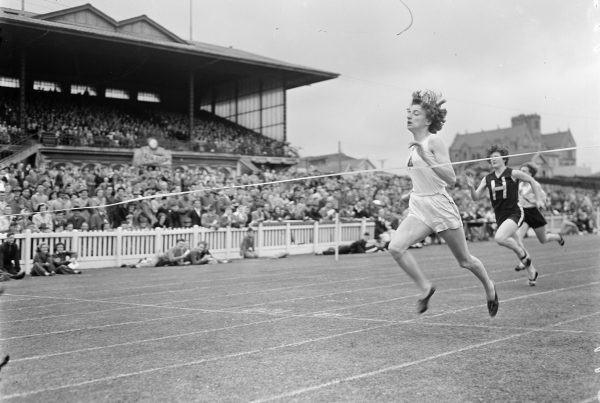
Most alleys date back to the 19th century, when they sometimes housed stables and provided horse-drawn service access to businesses and homes. Many originally cut past the cramped backyards of worker cottages then covering much of Te Aro. Those houses have long gone, to be replaced by warehouses and light industry, and then apartment blocks and multi-storey car parks.
Some alleyways now reveal little but graffiti-covered concrete walls. Others, like little Edward Street off Victoria, or Eva and Leeds streets between Ghuznee and Dixon, are transforming themselves with cool little bars and foody businesses. Some look unprepossessing but can contain surprises, like the sunny square and bright Sustainability Trust shop that you can now find at the end of Forresters Lane off Tory Street.
It is hard to define an alleyway. Are the steps that wind their various ways up to The Terrace alleyways, or just paths? They seem like alleys to me, and a favourite of mine is the route up O’Reilly Avenue past St Mary’s on Boulcott Street, then turning left onto the Terrace Gardens walkway, past Flagstaff Hill. You can sense lost history there, amongst the ghosts of grand homes that once looked out over the city.
This photograph is of the narrow eastern end of Bond Street, taken from where the exit-way of the Lombard Street parking building is now situated. Bond Street used to be called Old Customhouse Street and, before the 19th-century reclamations began, was on the water’s edge, at the heart of city commerce. A hundred years later it was a very run-down back alley. Most of the buildings you see here were knocked down soon afterwards. The building on the left is now a sunny little park and at the right-hand side is the back of the West Plaza Hotel. The only surviving landmark is the cupola of the Dominion Building on Mercer Street, poking up at the back of the picture.
The photographer, Gordon Burt, was best known for innovative commercial photography. This was not the sort of photograph he usually took. Clearly he enjoyed the contrast of that old street sign and the gleamingly modern Morris Minor.




